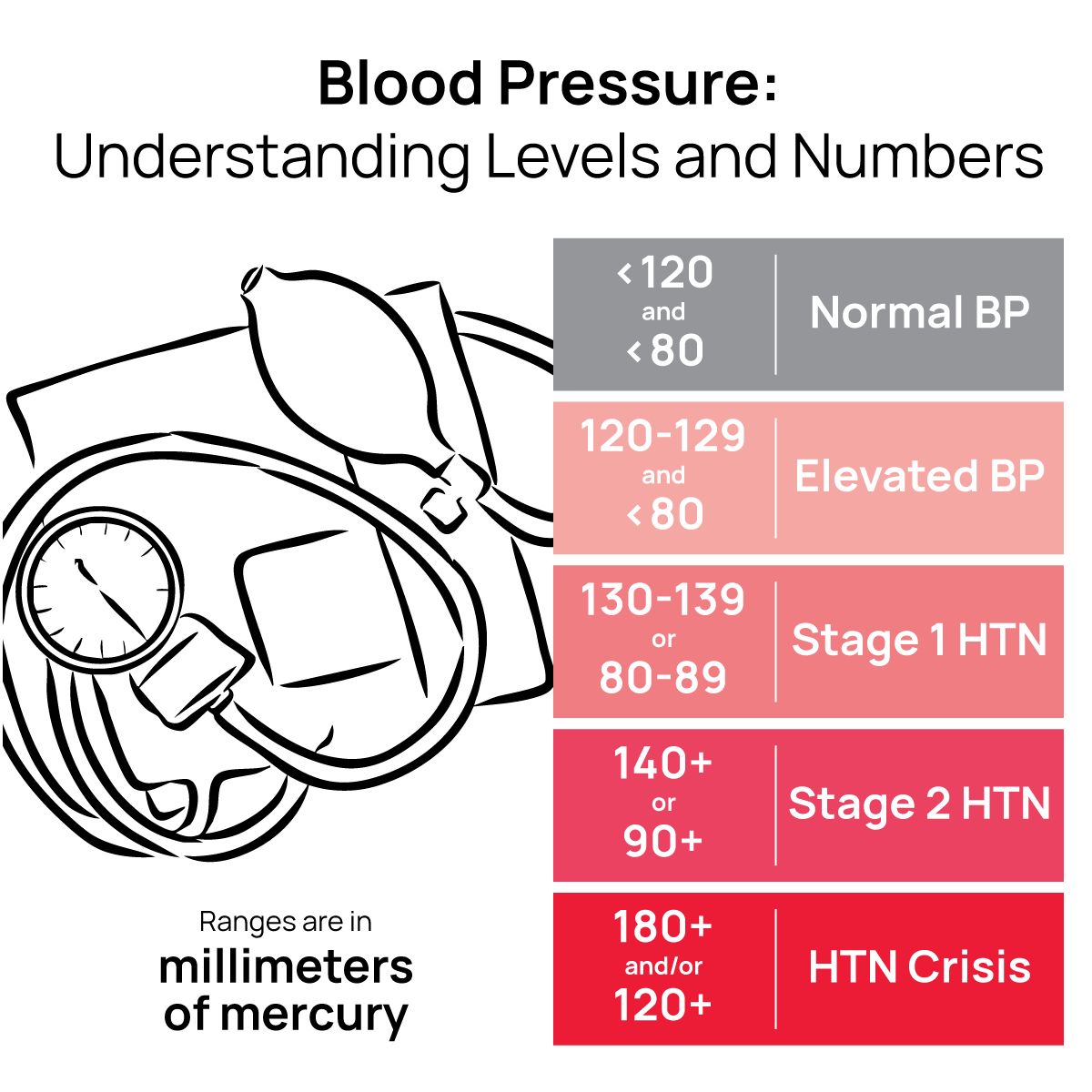5 Mistakes to Avoid When Taking Your
Blood Pressure at Home
By Dr. Kevin Passero
Managing and monitoring blood pressure is a critical component of maintaining your overall health. With the advent of technology, taking your blood pressure at home has become a convenient way to keep track of your health. However, getting accurate readings is key.
Here are the top five mistakes to avoid to ensure you're getting useful readings:
1. Inconsistent Measurement Times
Mistake: One common error is measuring blood pressure at varying times of day, which can lead to inconsistent results.
Solution: For more reliable data, it's crucial to take readings at the same times each day, preferably in the morning before taking medication or eating, and again in the evening. Consistency is key in monitoring trends and making informed health decisions.
2. Incorrect Positioning
Mistake: An incorrect posture or arm position can significantly affect your readings. Sitting in an unsuitable chair, crossing your legs, or placing the cuff over clothing are typical pitfalls.
Solution: Ensure you are seated in a comfortable chair with back support, feet flat on the floor, and your arm is at heart level on a table. Always place the cuff directly on your bare arm to get the most accurate reading.
3. Not Using the Right Size Cuff
Mistake: Utilizing a cuff that doesn't fit your arm can result in incorrect blood pressure readings.
Solution: Verify that the cuff size is appropriate for your arm. A cuff that’s too tight or too loose can skew the results. If you're unsure, consult with a healthcare professional to determine the best size for you.
4. Rushing the Process or Taking a Single Reading
Mistake: Often, individuals take their blood pressure immediately upon sitting down or only take one reading, which may not provide a comprehensive view of their blood pressure status.
Solution: Before taking a reading, sit quietly for five minutes to allow your body to settle. Then, take at least two readings about a minute apart and record the results. Taking multiple readings can help identify any variability and provide a more accurate picture over time.
5. Ignoring Calibration and Maintenance of the Blood Pressure Monitor
Mistake: Failing to ensure that your home blood pressure monitor is correctly calibrated and well-maintained can lead to inaccurate measurements.
Solution: Follow the manufacturer’s instructions for calibration and maintenance. And bring your device with you to your next checkup so your doctor or nurse can check its accuracy.
Understanding Your Blood Pressure Levels
It is equally important to understand what your blood pressure readings imply. Generally, a normal blood pressure level is considered to be below 120/80 mmHg. Prehypertension is classified between 120-139/80-89 mmHg, with hypertension being 140/90 mmHg or higher. Always consult with your healthcare provider for personalized advice and to understand your blood pressure goals.

For my patients with blood pressure issues or those with a family history of blood pressure issues (like mine), I often recommend nutritional support in supplement form.
The two nutrients shown to be most effective in the scientific research, and with the results I have seen in my clinics, are grape seed and olive leaf extracts.
To make it convenient for my patients and for you, I’ve combined patented versions of these two nutrients using potent research-based doses in Durable BLOOD PRESSURE®. To learn more about what this truly effective and side-effect free formula can do to support your health, click here.




